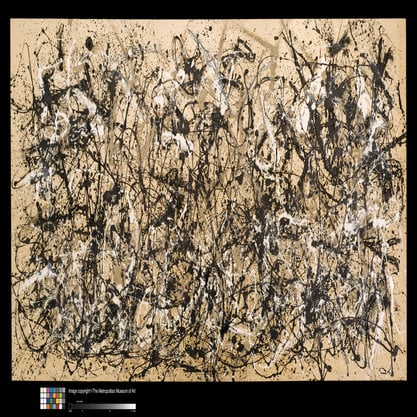Article
Rothko, Mark (1903-1970) By Hodge, David
Article
Mark Rothko is one of the most celebrated painters from a group that matured in the US of the 1940s, later dubbed ‘The New York School’. His work became increasingly famous in the US and Europe during the 1950s, and his status was solidified by a large retrospective at the Museum of Modern Art in New York in 1962. Rothko began his career as a figurative painter. From 1938, he produced an innovative style that drew on Surrealism and incorporated disparate sources from ancient Greek and Native American art to Biblical imagery. After 1945 his paintings became increasingly abstract, moving towards the style that he is most associated with today. These works involve soft, cloud-like rectangles of colour, painted in multiple layers, which produce the appearance of glowing, shimmering light. Rothko had an uneasy relationship with art critics, collectors, and institutions. In 1950, he was amongst a group known as ‘The Irascibles’, who protested that a juried exhibition of contemporary works at the Metropolitan Museum of Art was hostile to ‘advanced art.’ In 1958, he reneged on a major commission to produce murals for the Four Seasons Hotel in New York, deciding that its atmosphere was inappropriate.


